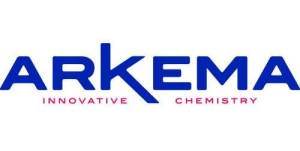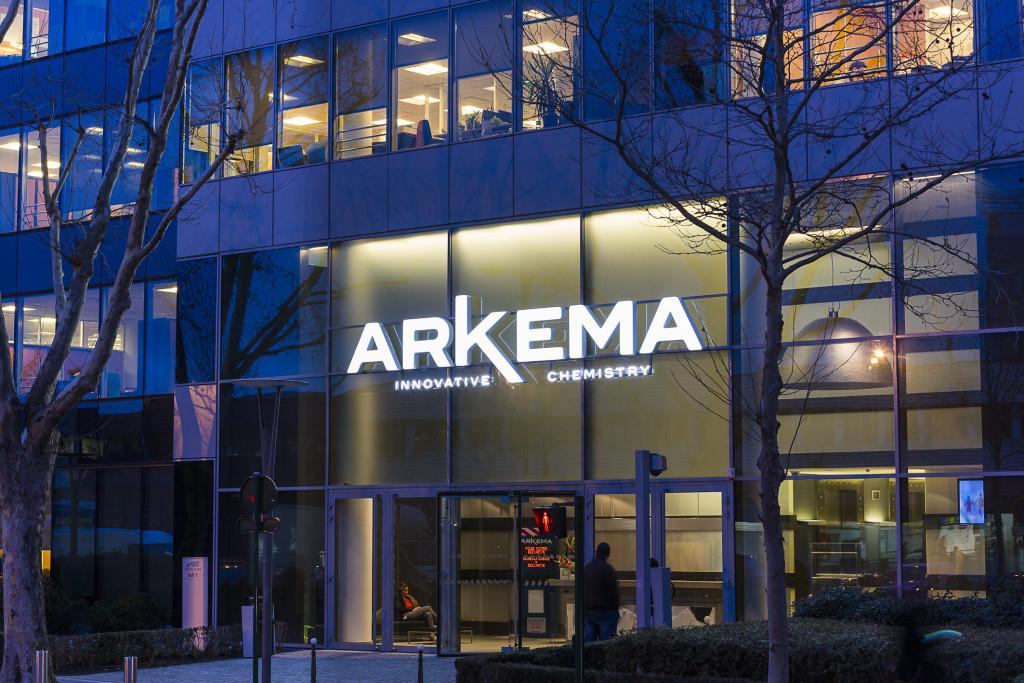 Despite 3D printing being a relatively new and constantly evolving industry, you can be certain of one thing: the industry is expanding rapidly. While hardware sales continue to increase year by year, the real explosion is in the sales of 3D printing materials. According to a report published by SmarTech Markets Publishing, the revenue generated by the 3D printing materials market is expected to jump to $2.5 billion by 2018. And by 2022 the materials market is expected to balloon to a massive $6.8 billion.
Despite 3D printing being a relatively new and constantly evolving industry, you can be certain of one thing: the industry is expanding rapidly. While hardware sales continue to increase year by year, the real explosion is in the sales of 3D printing materials. According to a report published by SmarTech Markets Publishing, the revenue generated by the 3D printing materials market is expected to jump to $2.5 billion by 2018. And by 2022 the materials market is expected to balloon to a massive $6.8 billion.
 Currently the manufacturing sector consumes about 65% of materials created for 3D printing applications. Some of the markets projected to continue to expand include the aerospace and automotive industries, rapid prototyping and rapid manufacturing, educational uses, and military purposes. And by 2022 the largest individual market for 3D printing applications is expected to be the medical market, which is expected to eat up $1.8 billion’s worth on its own. This rapid industry growth has been predicted for years now, but the numbers are finally starting to add up, encouraging companies who previously only dipped a toe into 3D printing waters to finally get serious.
Currently the manufacturing sector consumes about 65% of materials created for 3D printing applications. Some of the markets projected to continue to expand include the aerospace and automotive industries, rapid prototyping and rapid manufacturing, educational uses, and military purposes. And by 2022 the largest individual market for 3D printing applications is expected to be the medical market, which is expected to eat up $1.8 billion’s worth on its own. This rapid industry growth has been predicted for years now, but the numbers are finally starting to add up, encouraging companies who previously only dipped a toe into 3D printing waters to finally get serious.
As one of the world’s largest specialty chemical and advanced materials developers, Arkema has already been producing a handful of 3D printing materials for industrial applications. But they have only offered a limited number of materials, most of them for Selective Laser Sintering applications, but it seems that is about to change. Earlier in the year Arkema announced that it would be doubling the production of their durable thermoplastic Kepstan polyetherketoneketone (PEKK) material for use in both carbon-fiber composites and 3D printing applications. The company would additionally be building a new PEKK production plant at its Mobile, Alabama plant which typically only produced products based on acrylic polymers.
 Their commitment to developing more 3D printing was cemented when they took to Euromold and this week and showed off their entire range of materials. The products that they featured included their Orgasol polyamide powders, their Rilsan fine powders, Sartomer acrylate resins, and specifically their new PEKK material options. They also used the German trade show as an opportunity to announce that they would be devoting more of their considerable research and development capabilities to develop new 3D printing materials and solutions.
Their commitment to developing more 3D printing was cemented when they took to Euromold and this week and showed off their entire range of materials. The products that they featured included their Orgasol polyamide powders, their Rilsan fine powders, Sartomer acrylate resins, and specifically their new PEKK material options. They also used the German trade show as an opportunity to announce that they would be devoting more of their considerable research and development capabilities to develop new 3D printing materials and solutions.
The Arkema research apparatus includes a staff of 1,200 researchers working in ten R&D facilities all over the world. Their new focus will be focused primarily on materials with applications and uses in the medical, aerospace, architectural and rapid prototyping markets. Their R&D platform typically focused on five areas of materials science, lighter materials, renewable raw materials, materials for energy, water treatment solutions and materials for electronics. But now materials for 3D printing will be Arkema’s sixth major R&D platform. The research and development centers in France and the United States are expected to be heavily involved in this new area of R&D.
What are your thoughts on Arkema’s push into the 3D printing materials space? Let us know in the Arkema forum thread on 3DPB.com.
Subscribe to Our Email Newsletter
Stay up-to-date on all the latest news from the 3D printing industry and receive information and offers from third party vendors.
You May Also Like
Precision at the Microscale: UK Researchers Advance Medical Devices with BMF’s 3D Printing Tech
University of Nottingham researchers are using Boston Micro Fabrication‘s (BMF) 3D printing technology to develop medical devices that improve compatibility with human tissue. Funded by a UK grant, this project...
3D Printing Webinar and Event Roundup: April 21, 2024
It’s another busy week of webinars and events, starting with Hannover Messe in Germany and continuing with Metalcasting Congress, Chinaplas, TechBlick’s Innovation Festival, and more. Stratasys continues its advanced training...
3D Printing Webinar and Event Roundup: March 17, 2024
It’s another busy week of webinars and events, including SALMED 2024 and AM Forum in Berlin. Stratasys continues its in-person training and is offering two webinars, ASTM is holding a...
3D Printed Micro Antenna is 15% Smaller and 6X Lighter
Horizon Microtechnologies has achieved success in creating a high-frequency D-Band horn antenna through micro 3D printing. However, this achievement did not rely solely on 3D printing; it involved a combination...






























